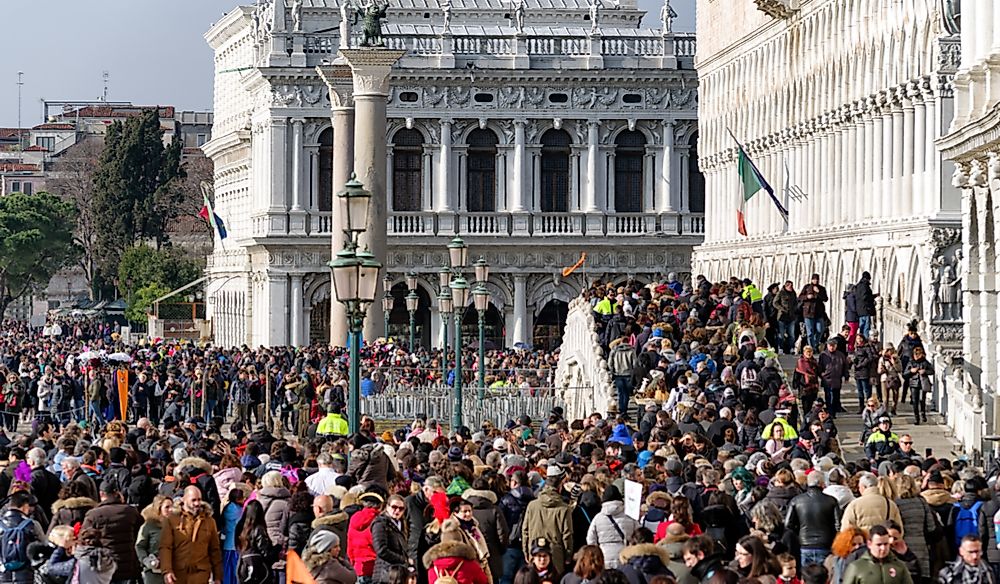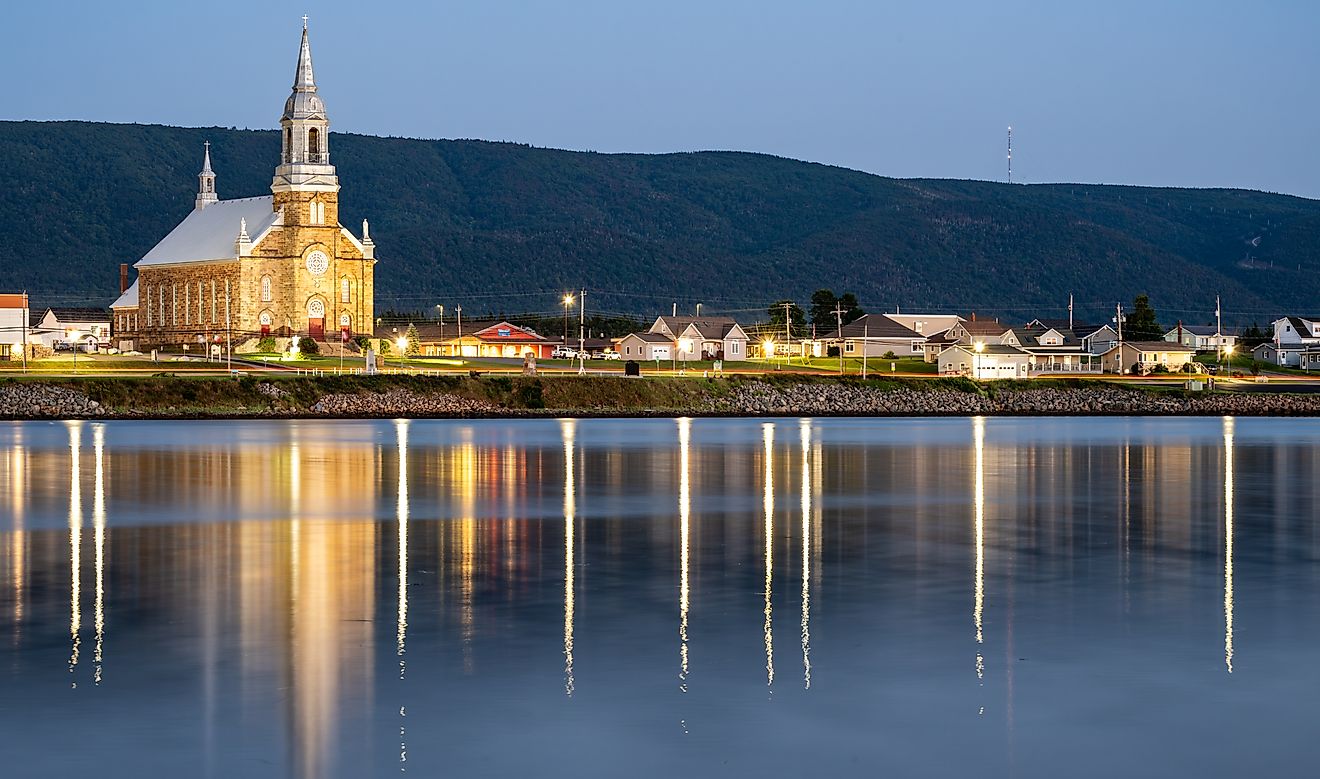What Is Overtourism?

Tourism is often an important economic sector of a city, region, or country. This is explained by the generation of revenue, taxes, goods and services, and jobs directly related to an influx of visitors to a given place. Tourists often visit sites or unique features that are not common elsewhere, and spending in such places can inject money in once forgotten communities, help in the conservation of critically endangered species, and lead to the restoration of crumbling historic sites. However, tourism can also be linked to negative impacts, especially in areas where the number of tourists outweighs the available facilities.
Definition of Overtourism
Overtourism can be described as a situation whereby too many tourists visit a particular destination. However, "too many" tourists is a relative term that must be defined within the context of a particular destination. Therefore, overtourism occurs when there are more visitors than the facilities of a host destination can handle, and when the quality of life or experience in an area has noticeably deteriorated. According to the United Nations World Tourism Organization (UNWTO), the number of tourists visiting other countries is set to grow by about 3.3% annually, to over 1.8 billion annual arrivals from 2010 to 2030. Given such statistics, overtourism is inevitable in certain places, although the contributing factors vary from place to place. Most governments believe that a successful tourism year is one in which tourism figures have increased. Furthermore, given the economic importance of tourism, many governments hope to attract as many visitors as possible, rather than limiting tourism.
Where Is Overtourism Occurring?
Overtourism is quickly becoming a serious problem in many popular destinations around the world. Such places struggling with overtourism include Barcelona (Spain), Venice (Italy), Amsterdam (Netherlands), Kyoto (Japan), and New York City (USA). In 2010, only 500,000 tourists visited Iceland, but now more than 2 million visit the country annually. Amsterdam is a small city, with a population of about one million residents, but receives close to 15 million visitors annually. Dubrovnik (Croatia) has been forced to limit the number of daily visitors into the city at 4,000. Other cities that suffer from overtourism include Paris (France), Copenhagen (Denmark), and Berlin (Germany).
Impacts of Overtourism
The potential benefits of tourism are clear. However, the negative environmental and socio-cultural impacts of tourism are becoming more evident, and have resulted in the development of the term "overtourism." Some signs of overtourism include increased traffic and congestion, significant overcrowding at landmarks or sites, and environmental degradation. Overtourism may also devalue cultural treasures or natural wonders of a place, as well as lead to the displacement of the local population.
Potential Solutions?
Responsible tourism is the only remedy for overtourism. Tourists can choose to visit certain places during the off-peak season or visit alternative destinations and cities during peak season. However, tourists who find themselves in crowded places must ensure that their behavior does not negatively affect the area. Visitors can also support the destination’s sustainable tourism efforts, such as learning local cultural practices.











